The masterpiece room has been described as a giant "jewel box", with elaborately carved and decorated walls made of rolled gold and amber.

The Amber Room after restoration. Photo: Wikimedia
The shimmering golden color of amber has been one of the most sought-after natural wonders for centuries. Perhaps for this reason, 18th-century European craftsmen used the precious fossilized tree resin to create an elaborately decorated room for royalty. Due to its stunning beauty and intricate design, the Amber Room, which included amber and precious stones, was once called the "Eighth Wonder of the World ." However, this beautiful room was packed into many packages during World War II and never reappeared, leading to a hunt for the lost treasure, according to Ancient Origins .
The Amber Room was originally installed inside Charlottenburg Palace, the residence of Frederick I, the first king of Prussia. It was designed by German baroque sculptor Andreas Schlüter and Danish ambersmith Gottfried Wolfram. Construction of the Amber Room began in 1701 and was completed in 1711. During a visit to Prussia, Russian Tsar Peter the Great took an interest in the Amber Room. At the time, the room remained unfinished because Frederick William was more interested in military matters and did not continue the construction of the Amber Room when he inherited the Prussian throne. However, Peter's interest in the Amber Room meant that Frederick had a chance to win the Tsar's favor. Frederick therefore presented the Amber Room to Peter in 1716 to cement the new alliance between Russia and Prussia against Sweden.
The Amber Room was transported to Russia in 18 large boxes and installed in the Winter Palace in St. Petersburg as part of the European art collection. In 1755, Empress Elizabeth moved the room to the Catherine Palace in Pushkin, where it was named Tsarkoye Selo (Tsar's Village). As the Amber Room moved to a larger area, Italian designer Bartolomeo Francesco Rastrelli was invited to redesign the room, using more amber shipped from Berlin. Rastrelli's work marked the first of several renovations to the Russian Amber Room. When the renovation was completed, the room covered 16.72 square meters and was decorated with 6 tons of amber and other semi-precious stones.
Over the years, the Amber Room was used by Russian tsars for a variety of functions. For example, Elizabeth used the room as a personal meditation chamber while Catherine the Great used it as a meeting room.
In 1941, under the direction of Adolf Hitler, the Nazi army invaded Russia. When the Germans found the Amber Room, they dismantled it and packed it into 27 crates and shipped it to Königsberg. There, it was reassembled in the Königsberg Castle Museum. The Amber Room was on display for the next two years, but the war was not favorable to the Germans. Museum director Alfred Rohde was advised to dismantle the room and store it away. Less than a year later, Allied bombing raids destroyed the city of Königsberg, leaving the museum in ruins. Traces of the Amber Room were also lost. Some believe the Amber Room was hidden by the Germans before the museum was destroyed. Many attempts to find the treasure were made, but all were fruitless.
The discovery of train tracks and wagon wheel tracks in a concrete bunker at the headquarters of the Nazi Army High Command has raised hopes for treasure hunters in 2023. Staff at the Mamerki Museum shared photos on social media, leading to speculation that the Amber Room may still exist. The site of Hitler's former military command center in Poland, near the Wolf's Lair bunker, was once thought to house the lost masterpiece. Restricted by permits, researchers could only excavate the area with shovels. In 2004, after 24 years of work, a reconstruction of the Amber Room was completed in Tsarkoye Selo.
An Khang (According to Ancient Origins )
Source link


![[Photo] National Assembly Chairman Tran Thanh Man receives United Nations Secretary-General Antonio Guterres](https://vphoto.vietnam.vn/thumb/1200x675/vietnam/resource/IMAGE/2025/10/25/1761390815792_ctqh-jpg.webp)

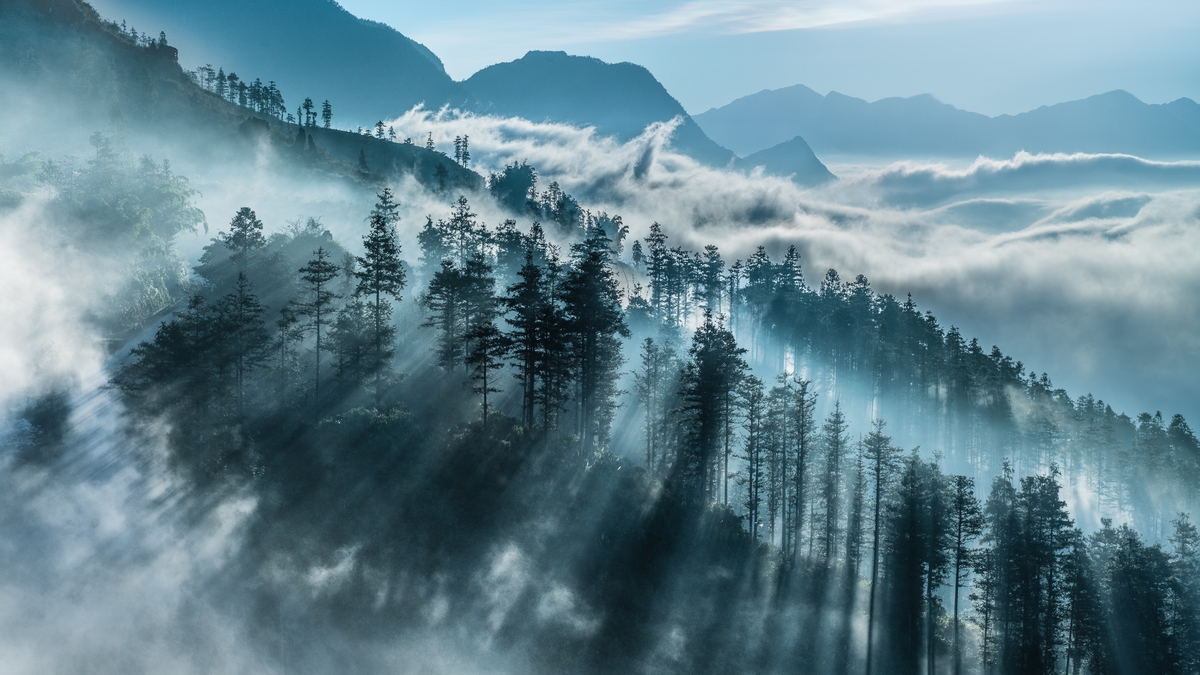

![[Photo] Prime Minister Pham Minh Chinh attends the opening of the 47th ASEAN Summit](https://vphoto.vietnam.vn/thumb/1200x675/vietnam/resource/IMAGE/2025/10/26/1761452925332_c2a-jpg.webp)
![[Photo] Prime Minister Pham Minh Chinh and United Nations Secretary-General Antonio Guterres attend the Press Conference of the Hanoi Convention Signing Ceremony](https://vphoto.vietnam.vn/thumb/1200x675/vietnam/resource/IMAGE/2025/10/25/1761391413866_conguoctt-jpg.webp)














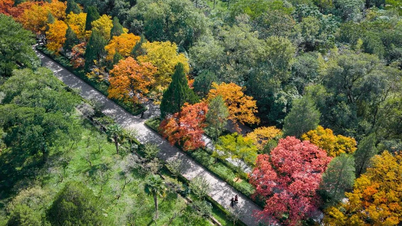













![[Photo] Prime Minister Pham Minh Chinh receives United Nations Secretary-General Antonio Guterres](https://vphoto.vietnam.vn/thumb/1200x675/vietnam/resource/IMAGE/2025/10/25/1761390212729_dsc-1484-jpg.webp)

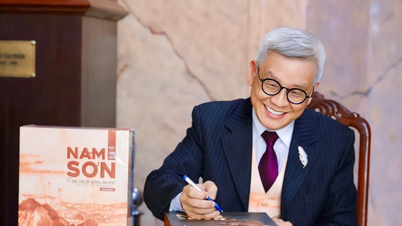
























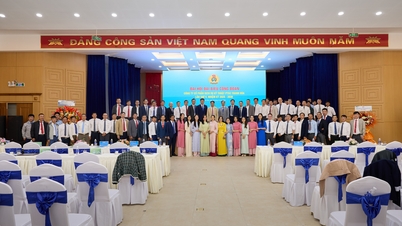




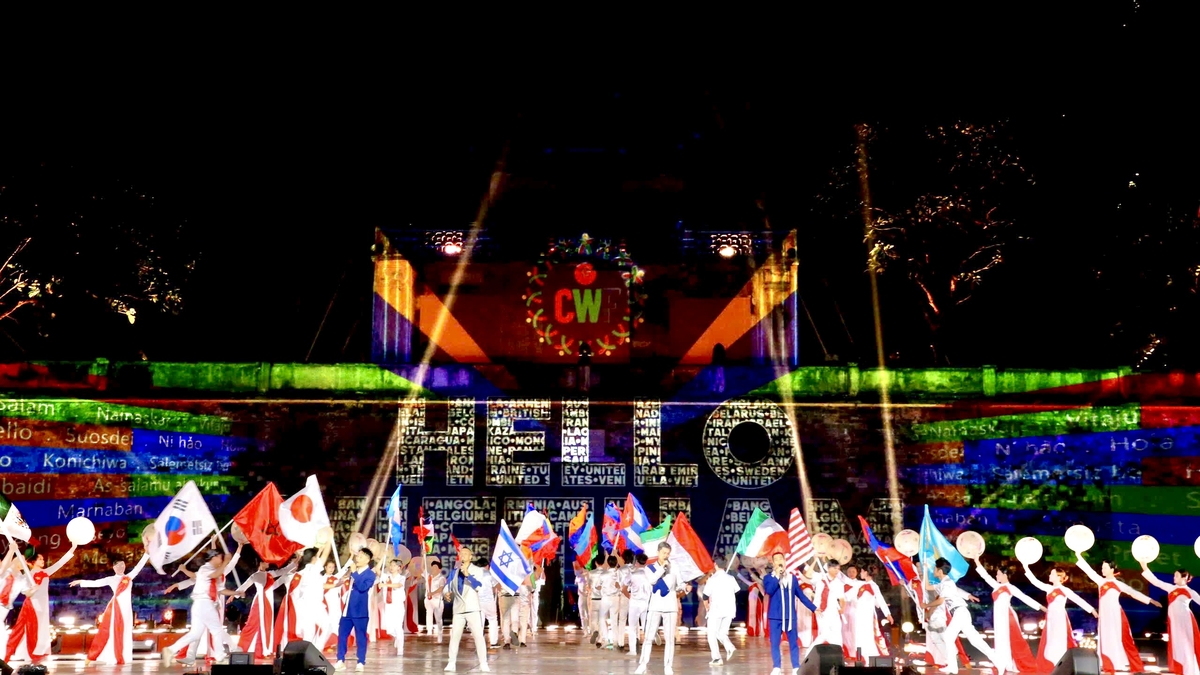







































Comment (0)